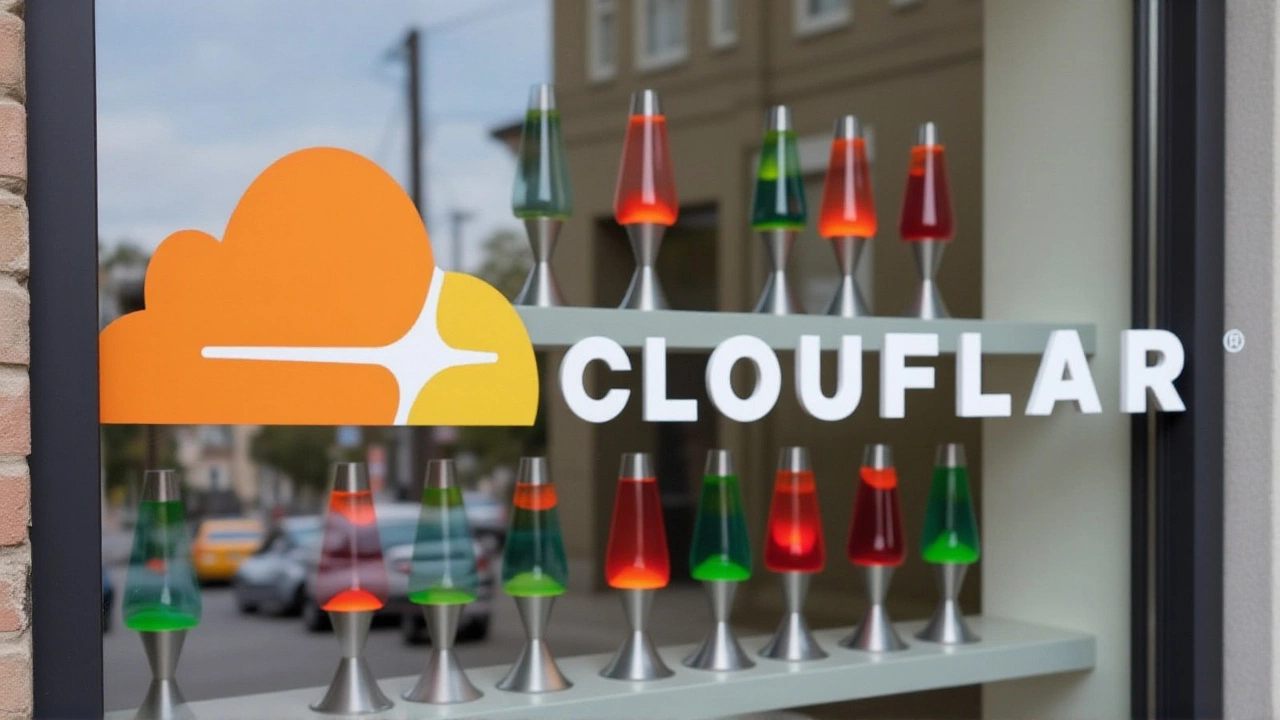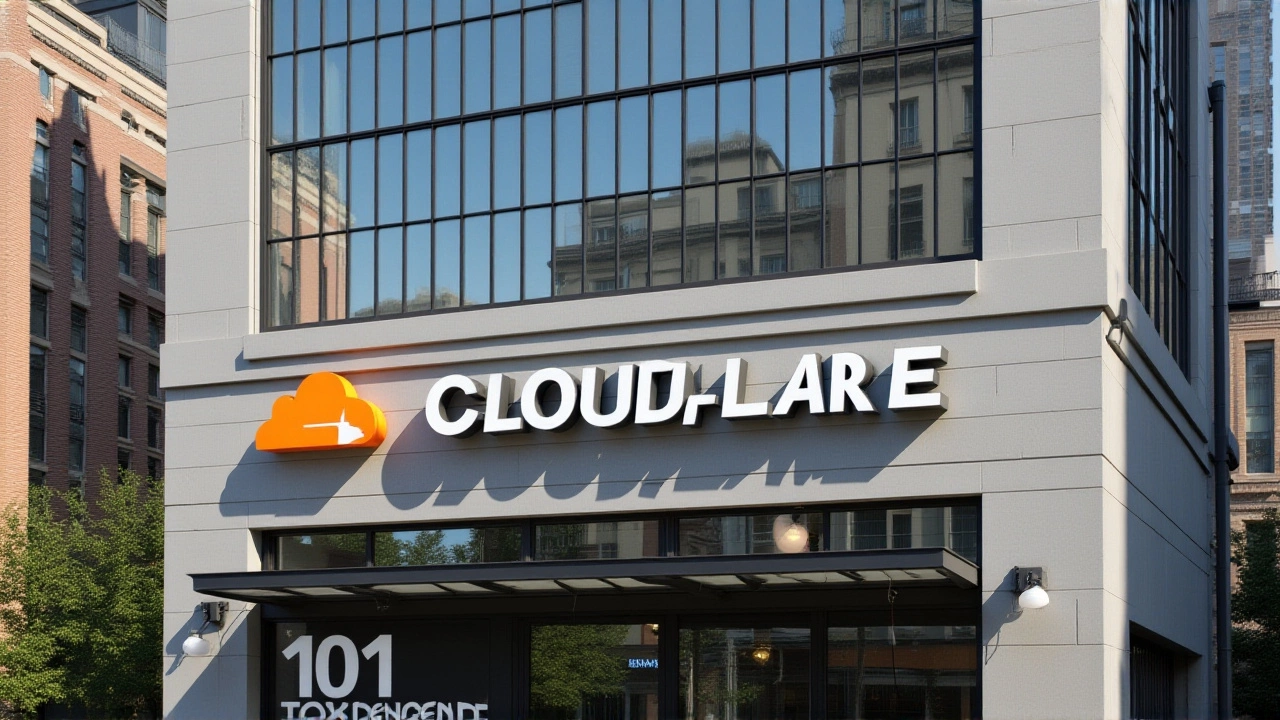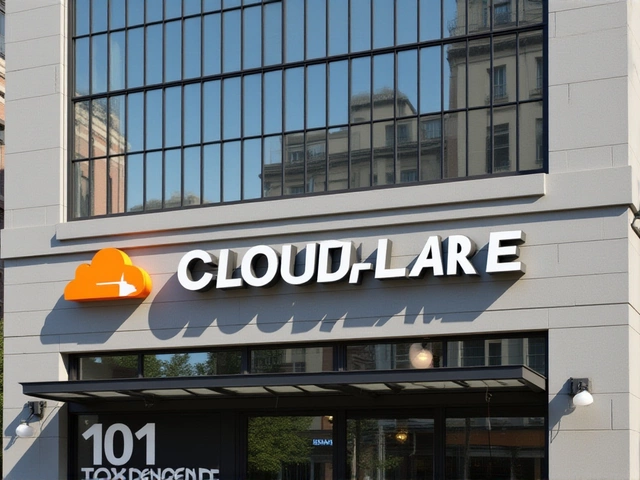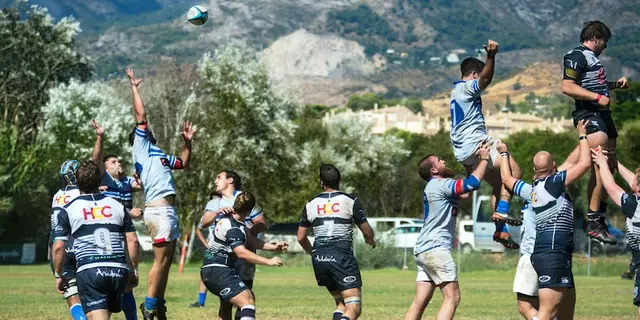At 11:30 UTC on November 18, 2025, the internet stumbled — not from a storm, a cyberattack, or a cable cut, but from within. A silent, internal failure at Cloudflare, Inc., the cloud infrastructure giant headquartered in San Francisco, California, United States, triggered a cascading collapse across some of the web’s most critical services. X Corp.’s social platform, OpenAI, and Anthropic all went dark or erratic, not because their servers crashed, but because the invisible highway they rely on — Cloudflare’s CDN and security network — suddenly stopped working. The twist? The roads were fine. It was the toll booths that failed.
What Really Broke?
While users saw timeouts and error messages, Cisco ThousandEyes, the network intelligence arm of Cisco Systems, Inc. based in San Jose, California, United States, saw something more telling: clear network paths with zero packet loss, but a flood of HTTP 5XX errors. That’s the technical equivalent of a restaurant’s front door being wide open, the host smiling, but the kitchen having caught fire. The problem wasn’t connectivity — it was processing. Cloudflare’s backend systems, responsible for routing traffic, applying security rules, and managing SSL certificates, had locked up. No one could get through — not because the door was jammed, but because no one was answering inside.
“While network paths to Cloudflare’s front-end infrastructure appeared clear,” Cisco ThousandEyes stated at 6:30 AM PDT, “we observed a number of timeouts and HTTP 5XX server errors, which is indicative of a backend services issue.” The distinction matters. Most outages you hear about — like fiber cuts or DDoS attacks — show up as latency spikes or dropped packets. This didn’t. That’s why it was so insidious. Network engineers across the globe were initially confused. Then, they realized: this wasn’t an attack. It was a software glitch. A configuration error. A memory leak. Something internal. Something preventable.
A Timeline of the Collapse
The first public hint came hours earlier. At 4:44 AM on November 18, 2025, Tom's Guide, the UK-based tech news outlet, reported: “Cloudfare status is going up and down...” — misspelling the name, but capturing the chaos. Users were refreshing pages. Developers were checking dashboards. Companies were scrambling. By 11:30 UTC, Cisco ThousandEyes confirmed the global scope. The outage wasn’t regional. It wasn’t selective. It was everywhere Cloudflare touched — which, according to pre-outage estimates, included roughly 20 million websites and services.
That’s not hyperbole. Cloudflare doesn’t just cache content. It acts as a shield against bots, a translator for encrypted traffic, and a speed booster for everything from news sites to AI chatbots. When it went down, X’s timeline froze. OpenAI’s API stopped responding. Anthropic’s Claude model became unreachable. Even smaller sites relying on Cloudflare’s DNS or WAF (Web Application Firewall) vanished from search results. The internet didn’t go dark — it glitched. Like a TV signal breaking up, but for everything.

Who Was Affected — And Why It Matters
It’s easy to focus on the big names. But the real story is in the quiet casualties. A small e-commerce store in rural Ohio using Cloudflare for free SSL certificates couldn’t process payments. A startup in Berlin running AI-powered customer service bots lost all inbound queries. A hospital’s appointment portal, hosted behind Cloudflare, went offline for three hours. These aren’t edge cases. They’re the norm.
Cloudflare’s infrastructure is so deeply woven into the web that its failure became a single point of failure for the entire digital ecosystem. The irony? Cloudflare was built to make the internet more resilient. Now, its own instability revealed how fragile that resilience really is. “We’ve been told for years that the cloud is redundant,” said one network architect who spoke anonymously. “But when the backbone provider fails, there’s no backup. There’s just… silence.”
The Recovery — And the Lingering Questions
By late afternoon on November 18, Cloudflare’s engineers had begun restoring services. But “restoring” didn’t mean “fixed.” As Cisco ThousandEyes noted, the outage was “still ongoing” even as remediation efforts were underway. Services flickered — up, then down, then up again. Users reported intermittent access. API calls worked one minute, timed out the next. The lack of a clear timeline or root cause explanation left businesses in limbo. No one knew if their systems would stay up.
Cloudflare has not publicly disclosed what caused the failure. Was it a faulty code deployment? A misconfigured cache purge? A cascading dependency in their internal microservices? The silence speaks volumes. In the age of real-time transparency, companies like Cloudflare are expected to be open. Instead, they offered a terse update: “We’re working on it.”

What This Means for the Future of the Internet
This wasn’t just an outage. It was a warning. The internet is no longer a network of independent systems. It’s a hierarchy of dependencies — and Cloudflare sits near the top. When Amazon Web Services had an outage in 2021, it took down Netflix and Slack. When Fastly failed in 2020, it knocked out the New York Times and Reddit. Now, Cloudflare’s failure hit AI platforms, social networks, and small businesses all at once.
Experts are already asking: Should critical services be required to use multiple CDNs? Should regulators mandate redundancy for platforms serving public interest? Should enterprises stop relying on a single provider for DNS, security, and performance? The answers aren’t simple. But the question is urgent.
One thing is clear: the internet’s stability now depends on the reliability of a handful of companies. And when one of them stumbles, the whole world feels it.
Frequently Asked Questions
How did this outage differ from previous Cloudflare incidents?
This outage was unique because it originated in Cloudflare’s backend processing systems — not the network edge. Previous outages, like the 2022 DNS misconfiguration, involved routing errors or configuration bugs. This time, network paths were clean, but HTTP 5XX errors flooded in, pointing to internal application failures. Cisco ThousandEyes confirmed the distinction, making this one of the most technically revealing outages in recent memory.
Why didn’t other CDNs pick up the slack?
Most websites don’t use multiple CDNs because it’s expensive, complex, and often unnecessary. Cloudflare’s free tier and performance advantages made it the default choice for millions. Even major players like OpenAI and X Corp. rely on it for core functions like DDoS protection and SSL termination. Switching providers on the fly isn’t feasible — it requires DNS changes, certificate reissuing, and testing. That’s why the internet is so vulnerable to single-point failures.
What’s the financial impact of this outage?
No official figures were released, but industry analysts estimate losses in the hundreds of millions. X, with over 500 million monthly active users in 2024, likely lost advertising revenue during peak hours. OpenAI’s API usage dropped sharply, affecting developers and businesses relying on its models. Small businesses using Cloudflare’s free services faced lost sales and customer trust. The true cost isn’t just in dollars — it’s in credibility.
Could this happen again?
Almost certainly. Cloudflare serves 20 million domains — a massive, complex system. One misconfigured script, one untested update, one memory leak in a microservice — any of these can trigger a global cascade. Without mandatory redundancy rules or third-party audits, the risk remains high. The industry’s response will determine whether this is a one-time glitch or the first of many.
What should businesses do to protect themselves?
Start by auditing your dependencies. Are you using Cloudflare for DNS, security, and performance? Consider adding a secondary DNS provider like CloudNS or Hurricane Electric. Use multiple CDN providers for critical applications. Test failover procedures. And don’t assume “free” means safe — the cheapest option often carries the highest risk when the system fails.
Why did Tom’s Guide spell it ‘Cloudfare’?
That was a typo — and a telling one. Even major tech outlets sometimes misreport names under pressure. It highlights how fast-moving these events are. Journalists are racing to update readers while engineers scramble to fix things. The misspelling became a symbol of the chaos: information is flowing, but accuracy is lagging. It’s a reminder that in a crisis, clarity matters more than speed.




